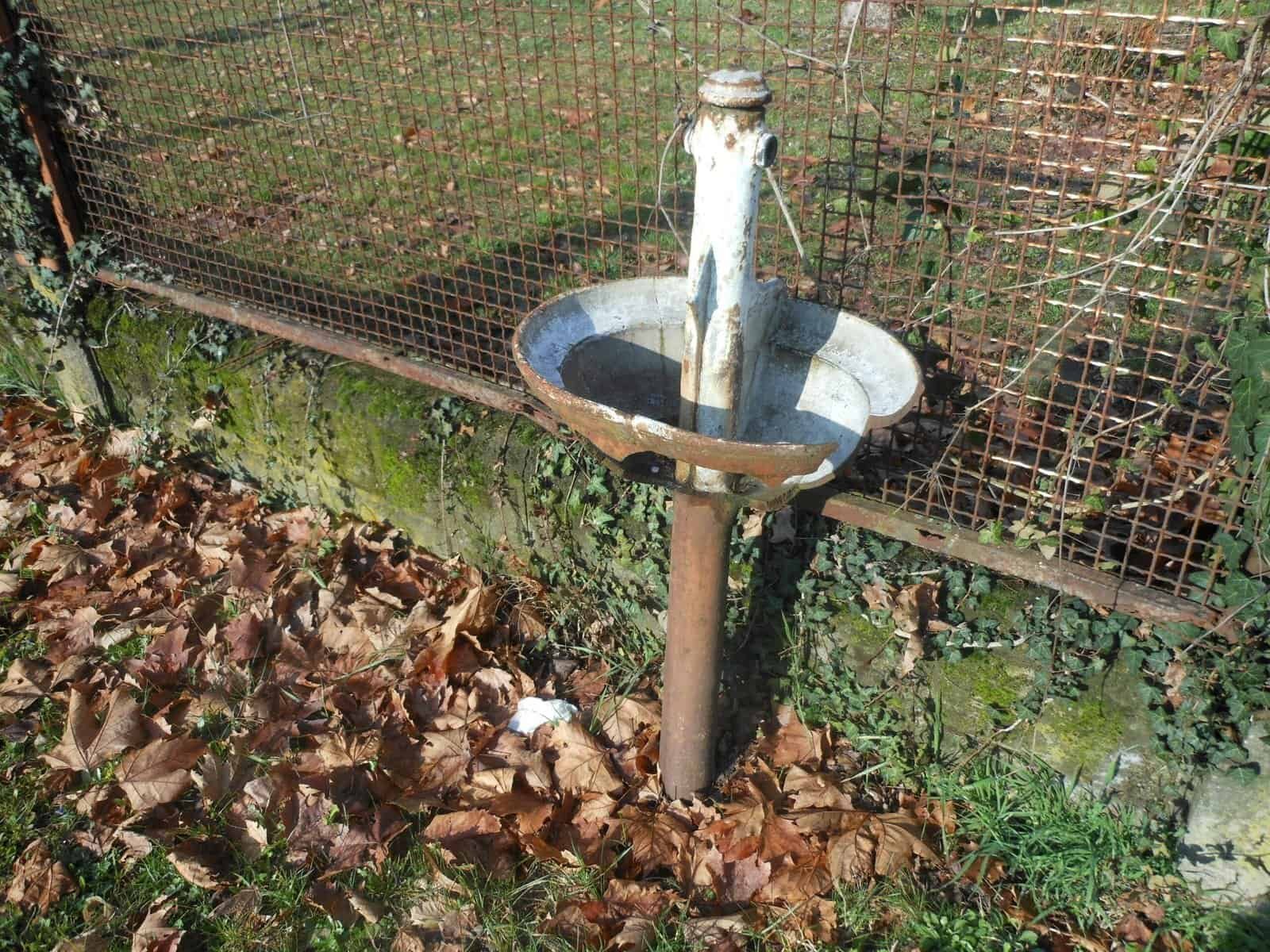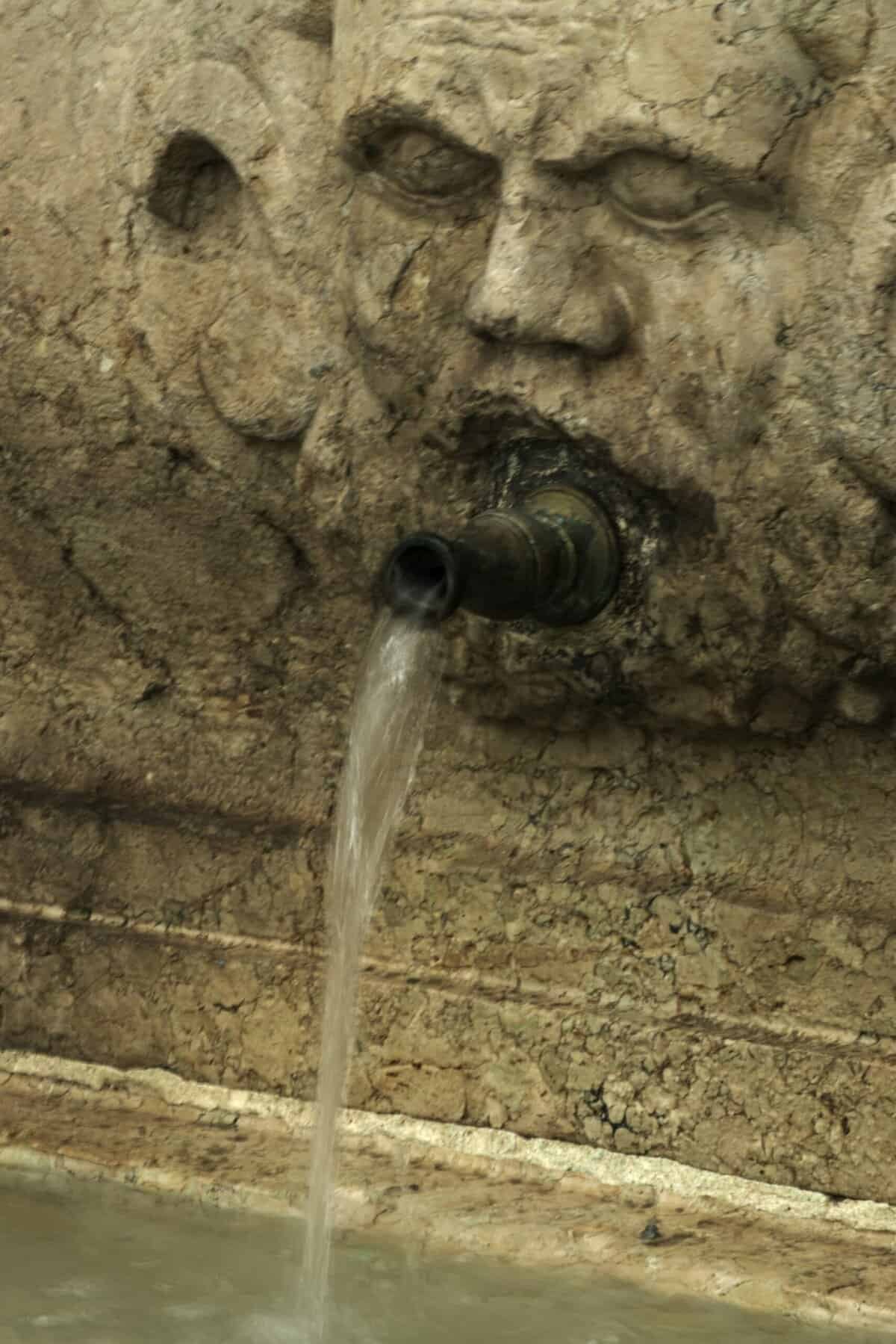Have you ever wondered what’s in your well water?
Understanding the quality of your well water is crucial for maintaining your family’s health and the longevity of your home’s plumbing system. Unlike public water supplies, which are regularly tested and treated by municipalities, private wells are the responsibility of the homeowner. Without routine testing and upkeep, it’s possible that impurities could seep into your water supply, causing potential health risks. So, what should you test for in your well water? Let’s journey through the essential aspects of well water testing and why each one is important.
Why is Well Water Testing Important?
Your well might seem like a pristine source of water, but it’s subject to contamination from a variety of sources. It can be affected by everything from the surrounding soil and plant life to local industrial or agricultural activities. Testing regularly helps ensure you’re drinking water that’s not only safe but also tastes and smells pleasant. If any issues are detected, you’re empowered to address them promptly, maintaining the quality of your water and safeguarding your health.
Common Contaminants Found in Well Water
There is a wide array of potential contaminants that could infiltrate your well water. Some are naturally occurring, some result from human activities, and others are introduced through plumbing systems. Understanding what these are can help you prioritize your testing.
Bacteria and Microorganisms
Bacteria like coliform and E. coli are critical indicators of water quality. Coliform bacteria are prevalent in the environment; while most strains are harmless, some indicate the presence of harmful pathogens. E. coli, a specific strain of coliform, suggests fecal contamination which might come from septic systems or animal waste.
Nitrates and Nitrites
These are nitrogen-based compounds often originating from fertilizers, animal waste, or septic systems. High levels pose risks, particularly for infants, potentially leading to a condition known as “blue baby syndrome,” which impairs the ability of blood to carry oxygen.
Heavy Metals
Metals like arsenic, lead, mercury, and cadmium can find their way into well water through natural deposits or industrial pollution. Chronic exposure to these metals can lead to serious health problems, including kidney damage and cancer.
Volatile Organic Compounds (VOCs)
VOCs include a class of chemicals used in industrial processes, paints, and pesticides. Prolonged exposure to VOCs can lead to a variety of adverse health effects, ranging from skin irritation to more severe impacts like damage to the liver or central nervous system.
pH Levels
Monitoring the pH level of your water is crucial as it influences the solubility and availability of chemical contaminants. Water that is too acidic or too alkaline can corrode pipes and fixtures, potentially introducing metals like lead into your water supply.
Radon
Radon is a naturally occurring radioactive gas that can seep into well water sourced from granite or other uranium-rich underground areas. While radon is more commonly a concern in indoor air, waterborne radon can also contribute to radiation exposure, mainly affecting the lungs upon inhalation and the stomach if ingested.

How Often Should You Test Your Well Water?
The frequency of testing depends on a variety of factors including your location, the presence of potential contamination sources nearby, and any changes in taste, color, or smell of your water. Generally, an annual test for bacteria and nitrates is recommended. However, if there’s a significant change in your water quality or if you have a new well, it’s wise to conduct more comprehensive testing.
Seasonal Testing
Climate and seasonal changes can affect water quality. Heavy rains, melting snow, or droughts can change the dynamics of groundwater contamination. Testing during different seasons can offer insights into variations in water quality throughout the year.
Understanding Water Testing Results
Interpreting your well water test results might seem daunting a first, but it’s easier than it seems once you understand what to look for. When you receive your water test results, they typically include the concentration levels of tested contaminants and compare these against recommended safety standards.
Interpreting Bacterial Results
- Coliform Bacteria: Ideally, total coliform should be absent in your well water. Their presence suggests potential contamination.
- E. coli: Even a small presence of E. coli means your water is not safe for drinking due to possible fecal contamination.
Chemical Contaminants
- Nitrates/Nitrites: Levels should not exceed 10 mg/L for nitrates and 1 mg/L for nitrites.
- Heavy Metals: Each metal has a specific guideline, such as arsenic, which should not surpass 10 µg/L.
pH Levels
The ideal pH for drinking water should range from 6.5 to 8.5. Values outside this range could affect the taste or might indicate potential problems with your water’s corrosiveness.
Radon and VOCs
While there are no federal regulations for radon levels in water, a radon level exceeding 4,000 pCi/L may require treatment. For VOCs, the specifics can vary widely depending on the compound, so consultation with a specialist might be necessary for high levels.

Treatment Options for Well Water Contamination
Should your test results indicate contamination, there are various treatment options available. The choice depends on the type and level of contaminants present.
Filtration Systems
Different types of filters target different contaminants:
- Activated Carbon Filters: Effective for removing organic compounds, chlorine, and radon.
- Reverse Osmosis: Excellent for removing nitrates, lead, and other heavy metals.
- UV Disinfection: Primarily used for inactivating bacteria, fungus, and viruses.
Water Softeners
If your water contains high levels of calcium and magnesium, a water softener uses ion exchange to remove these minerals. Not only does it improve water bubbles and washing efficiency, but it also protects pipes from mineral build-up.
Chemical Disinfection
Chlorination is a commonly used method for disinfecting well water. It effectively kills bacteria and certain viruses, but it might require a follow-up treatment to remove chlorine by-products.
Maintaining Your Well for Long-Term Health
Proper maintenance of your well is as crucial as regular testing. Ensuring that your well system is in excellent condition significantly reduces the likelihood of contamination.
Regular Checkups
Have your well inspected annually by a qualified well driller or pump installer, who can assess the functioning of the pump and the possible presence of contaminants like bacteria or parasites.
Sealing Cracks
Cracks can allow contaminants to enter the well. Regularly inspect the well cap and casing for any signs of damage and repair them promptly to protect your water supply.
Monitoring Nearby Activities
Construction, landscaping, or farming activities nearby can dramatically impact your water quality. Hot on the heels of such changes, it’s recommended you test your water to ensure no unexpected contaminants have leached into your supply.

Conclusion
So, what should you test for in your well water? Understanding the variety of potential contaminants and testing appropriately can safeguard you and your family’s health. From bacteria and chemical compounds to pH levels, each aspect of testing plays a crucial role in maintaining the quality of your well water. If any result raises concerns, a range of effective treatment options can address these issues, ensuring your water remains as pure as possible. With the right approach, you’ll be well-equipped to ensure your well water remains a safe, reliable resource for you and your loved ones for years to come.
